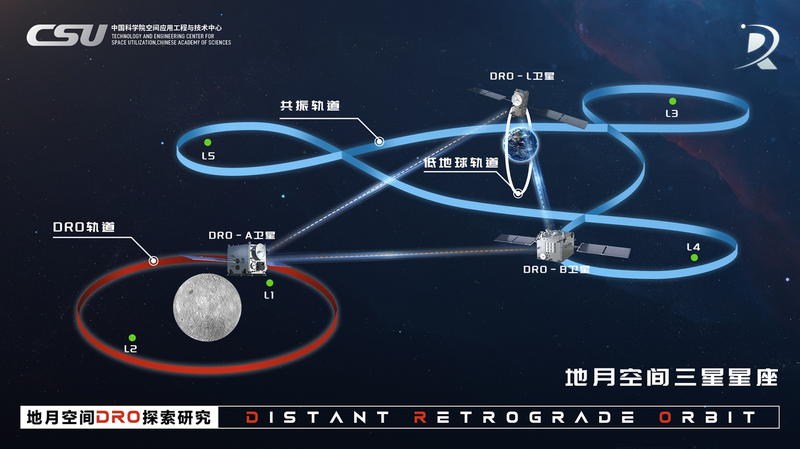China has hit a new frontier in space exploration with its first satellite laser ranging experiment at lunar-distance scales, marking a leap in precision tracking for deep-space missions.
On Wednesday, scientists at the Technology and Engineering Center for Space Utilization of the Chinese Academy of Sciences activated a 1.2-meter-aperture ground-based laser ranging system to lock onto the DRO-A satellite some 350,000 kilometers away—about the average distance from Earth to the moon.
The DRO-A spacecraft was launched in March 2024 but initially missed its intended orbit. After a 123-day rescue campaign, engineers successfully nudged it into the Distant Retrograde Orbit, a natural space harbor that circles the moon.
This milestone not only showcases technical prowess but also lays the foundation for an automated navigation network across Earth–moon space—roughly 10,000 times larger than Low Earth Orbit.
By refining laser tracking and deep-space navigation, researchers are paving the way for future lunar bases, robotic explorers, and advanced satellite constellations beyond our planet.
As China gears up for more ambitious missions to the moon and beyond, this breakthrough underscores its rising influence in the final frontier.
Reference(s):
China achieves its 1st lunar-distance satellite laser ranging
cgtn.com




